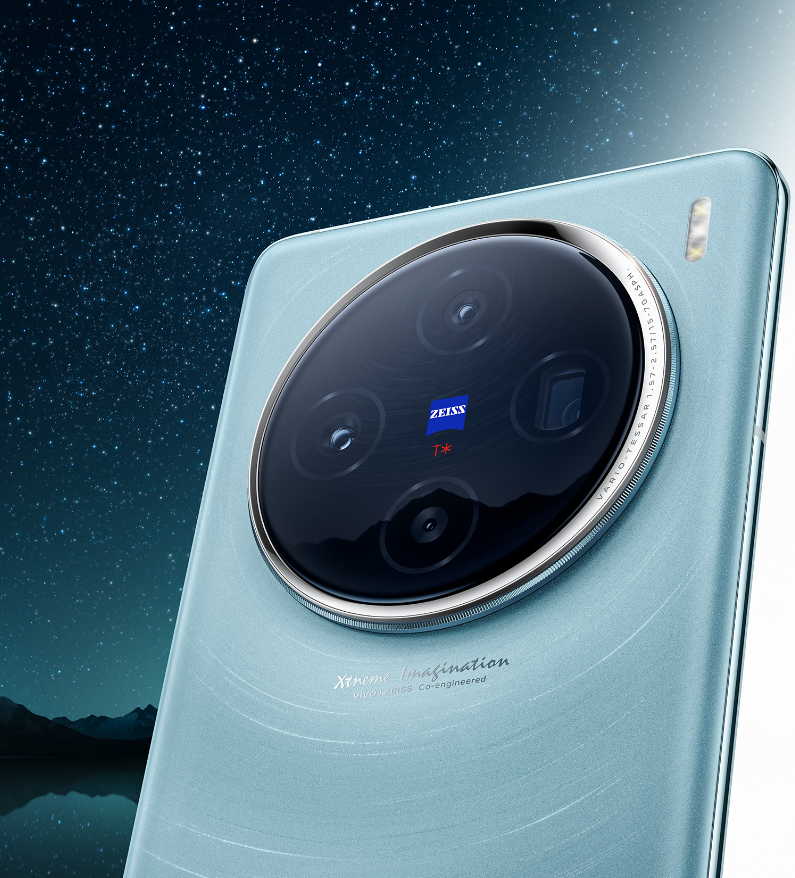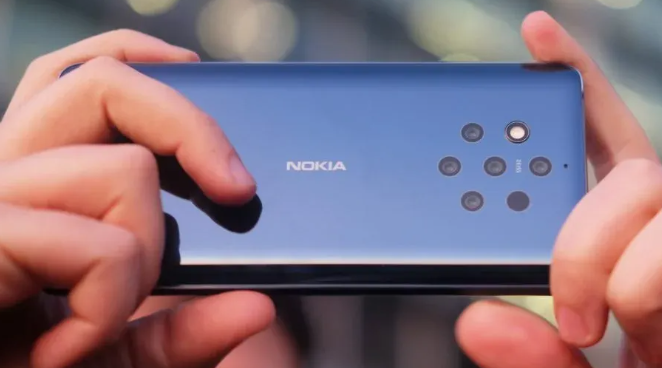Introduction
In the ever-evolving landscape of smartphone technology, the measure of excellence has continually shifted. Once, the ability to capture the moon's ethereal beauty was the benchmark of a high-end smartphone camera. Today, this paradigm has shifted dramatically with the advent of the vivo X100 series, marking a new era in the annals of mobile photography.

The Changing Face of Consumer Expectations
The significance of camera capabilities in influencing consumer choices cannot be overstated. A revealing survey conducted by Android Authority sheds light on this trend. It found that more than half of the respondents consider camera specifications as a pivotal factor in their smartphone purchasing decisions. This statistic is a testament to the growing sophistication of consumer expectations and the increasing importance of camera quality in smartphones.

The Evolution of Mobile Imaging
The journey of mobile imaging is a tale of relentless innovation and technological breakthroughs. It can be broadly categorized into four distinct phases:
- The Pixel Race: Initially, the industry's obsession was with increasing pixel counts. The quest for higher resolution images drove manufacturers to pack more and more pixels into camera sensors, believing that higher pixel counts equated to superior image quality.
- The Multi-Camera Era: Soon, the industry realized that merely increasing pixels was not the panacea for all photographic challenges. This realization ushered in the era of multi-camera systems. The idea was simple yet revolutionary: if one camera lens is good, more can capture better, more detailed, and diverse photographs.
- Software Algorithm Optimization: As hardware capabilities expanded, the focus shifted to software. Optimizing optical software algorithms became crucial in enhancing image quality, color accuracy, and low-light performance. This phase marked the beginning of a symbiotic relationship between hardware and software in smartphone photography.
- Chip Technology Development: The most recent phase in this evolution has been the development of specialized chip technology. This advancement represents a leap in processing power and efficiency, enabling smartphones to handle complex imaging tasks with ease and precision.

The vivo X100 Series: A Technological Marvel
The vivo X100 series emerges as a beacon of innovation in this landscape. It's not just a smartphone; it's a symbol of the culmination of years of technological advancements in mobile photography. The series stands out for several reasons:
- Zeiss-certified APO Long-focus Lens: The inclusion of the Zeiss-certified APO long-focus lens is a groundbreaking feature of the vivo X100 series. Known for its exceptional ability to eliminate chromatic aberration and its high light transmission, this lens sets a new standard in mobile photography. It represents a significant leap in bringing professional-grade photography to the palm of your hand.
- The V1 Imaging Chip: Another standout feature of the vivo X100 series is its V1 imaging chip. This self-developed chip is a testament to vivo's commitment to leading the hardware algorithm era. It's designed specifically for image processing, offering advantages in terms of large cache and algorithm compatibility. The chip's introduction marks a new era in smartphone photography, where hardware and software work in tandem to produce images of unparalleled quality.
The Future of Smartphone Photography: Beyond the Horizon
As we delve deeper into the capabilities of the vivo X100 series, it becomes evident that we are witnessing not just technological advancements, but a redefinition of what smartphone photography can achieve. The series is a harbinger of a future where the lines between professional photography and mobile imaging become increasingly blurred.
- Redefining Mobile Photography Standards: The vivo X100 series challenges the conventional boundaries of mobile photography. With its advanced lens and chip technology, it enables users to capture images with a level of detail and clarity that was once the sole domain of professional cameras. This shift is significant, as it democratizes high-quality photography, making it accessible to a broader audience.
- Innovation in Lens Technology: The APO long-focus lens in the vivo X100 series is a game-changer. Its ability to minimize chromatic aberration ensures that images are not just sharp, but also color-accurate. This lens technology, once exclusive to high-end cameras, is now a feature in the palms of consumers, enabling them to capture stunning images with ease.
- The Power of the V1 Imaging Chip: The V1 imaging chip's introduction marks a significant milestone in the integration of hardware and software in smartphone photography. This chip enhances image processing capabilities, allowing for better low-light performance, faster autofocus, and more efficient power consumption. It's a step towards smarter, more capable camera systems in smartphones.
The Broader Impact and Future Trends
The innovations embodied in the vivo X100 series are not just about enhancing individual features; they represent a shift towards a more integrated and holistic approach to smartphone photography. This evolution points to several future trends:
- Integrated Photographic Experience: Future smartphones will likely offer a more integrated photographic experience, combining advanced hardware with intelligent software to produce images that rival professional cameras.
- AI and Machine Learning: The integration of AI and machine learning in camera software will continue to grow. These technologies will enable smarter scene recognition, better image optimization, and even more creative possibilities in photography.
- The Democratization of Professional-Grade Photography: As advanced features become more common in smartphones, professional-grade photography will become more accessible. This democratization will empower more people to explore creative photography without the need for expensive equipment.
- Sustainability and Innovation: As the smartphone market continues to evolve, manufacturers will need to balance innovation with sustainability. This balance will be crucial in ensuring that technological advancements do not come at an environmental cost.
Conclusion
The vivo X100 series is more than just a new product; it's a statement about the future of smartphone photography. It embodies the culmination of years of technological progress and sets the stage for the next chapter in mobile imaging. As we look forward to this future, one thing is clear: the possibilities are as limitless as our imagination. The vivo X100 series is not just capturing images; it's capturing the future.
